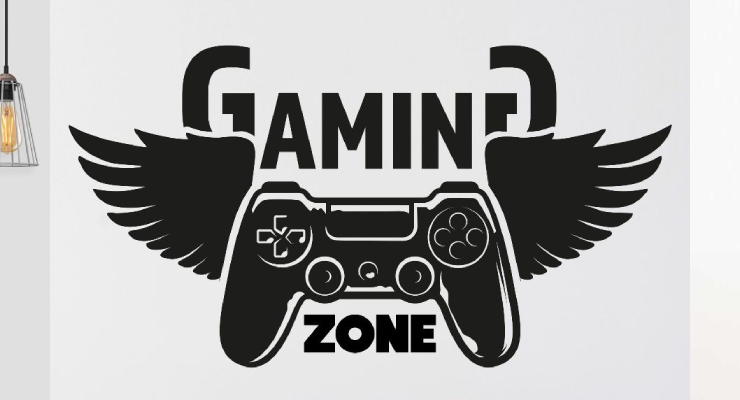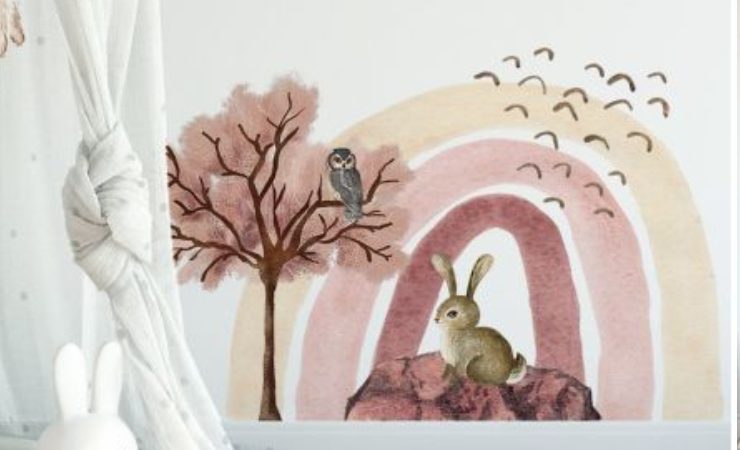Pablo Picasso, one of the most renowned artists of the 20th century, created a vast body of work that revolutionized the world of modern art. His paintings, characterized by their distinct style and groundbreaking techniques, continue to captivate audiences worldwide.
Have you ever wondered why Pablo Picasso is regarded as one of the most prominent kid prodigies in history? He was competent to sketch before he could communicate. Pablo’s father was an art teacher, and by the age of 13, he was already a better artist than his father.
As a result, his father gave Picasso his paintbrushes and vowed that he would never paint again. Following that, he enrolled at an art school in Barcelona. The entrance examination was usually given a month to complete, but he completed it in a single day.
Pablo Ruiz Picasso, a Spanish painter, has been the focus of many books and documentaries- as one of the most famous and influential artists of the twentieth century. The renowned artist made the most of his life, being creative and imaginative until his death in 1973 at the age of 91.
Pablo was a creative artist who moved through numerous phases and styles during his lifetime, perhaps best remembered as one of the creators of Cubism. And, as is often with visionaries, his personal life is equally as fascinating as his art.
Pablo Picasso Paintings— Picasso’s Early Life
Pablo Picasso, who was born in 1881, in Malaga, Spain excelled in painting realistic portraits and landscapes. He is a renowned artist as well as one of the most inspiring. His creations enthralled, horrified, and affected the art history. All of Picasso’s works from early youth until his death are included among the pieces of art he created during his life. These artworks serve as complete evidence of his artistic growth.
Pablo’s journey as an artist is categorised into different “periods” that represent both the emotions and the outside world at the moment. People find his artworks relatable since they have an honest vibe to them. Picasso’s earlier works, especially those from the “Blue Period,” are his most powerful and striking ones. His paintings frequently depicted starvation and prostitution as he fell into deep despair. Aside from that, he painted beggars and drunks in essentially monochrome colours.
Pablo Picasso Paintings Are Beyond Just Artworks
Pablo Picasso, one of the most renowned artists of the 20th century, created a vast body of work that revolutionized the world of modern art. Pablo Picasso paintings, characterized by their distinct style and groundbreaking techniques, continue to captivate audiences worldwide.
Picasso is best remembered for his paintings, but he experimented with a variety of disciplines as well, including architecture, sketching, ceramics, and printmaking. He designed the curtain, scenery, and clothing for a couple of plays between 1917 and 1924. Pablo also enjoyed writing poems. In 1935, he began composing poems, and in the 1940s, he wrote two plays.
Creative Periods of Pablo Picasso Paintings
Picasso painted in a variety of styles that evolved over the course of his career.
Blue Period 1901-1904
Picasso was motivated by a journey to Spain and the suicide of his friend Carlos Casagemas, who committed suicide due to unreturned love, during the Blue Period (1901-1904). Picasso used different shades of blue to make horrific paintings of beggars, prostitutes, and drunks during this time.
Rose Period 1904-1906
When Picasso went to Monmarte in Paris in 1904, the Rose Period began. In contrast to his blue era, he was portraying brighter and cheerful themes in bright red tones, such as entertainers, clowns and performers.
African Period1906-1909
Picasso was fascinated by African artworks brought back to Paris by the French empire during the African period. Picasso thought it was cool to represent African culture because it was in the limelight.
Cubism period 1907-1912
He resisted the concept that artwork should imitate nature throughout his Cubism period. Geometric shapes were used to express perspective and realism – cubes were all the trend!
Fun Fact: The Real Full Name of Pablo Picasso is Toooooooo Long!
The artist’s full name is a tongue twister, but the name Pablo Picasso is a rhyming fun. Pablo Diego José Francisco de Paula Juan Nepomuceno María de los Remedios Cipriano de la Santísima Trinidad Ruiz y Picasso is the real name of famous Pablo. His full name consists of total 23 words, which is a list of relatives and saints. His legendary last name is derived from his mother, Mara Picasso y López.
Pablo Was a Famous Lothario
Pablo Picasso’s personal life was not so easy. He was married twice with countless lovers. Olga was his first wife, but got separated in 1935 on discovering his affair with 17-year-old Marie-Thérèse Walter.
The majority of Picasso’s lovers were usually younger. He was 40 years older than his 21-year-old muse Françoise Gilot. Jacqueline Roque was his second wife, who later committed suicide.
He Is the World’s Most Inspired Painter
Picasso created a lot of paintings in his career of over 75 years. He not only created artwork; he added creativity and maximized every opportunity to create a masterpiece. Picasso created 13,500 paintings, 300 sculptures and ceramics, 34,000 book illustrations and 100,000 prints and engravings— according to the Guinness Book of World Records.
The Credit for Invention of Collage Goes to Pablo
The co-founder of Cubism Georges Braque and Picasso together designed collages for the first time. In fact, the concept originates from the French word coller, which signifies “to glue,” and Picasso made extensive use of it, adhering wallpaper scraps and newspaper clippings to his paintings. He was the very first artist to mix collage into artworks, furthering his heritage of violating norms and providing new ways to express his brilliance in the world of art.
Some of the Most Remarkable Pablo Picasso Paintings
La Vie 1903
It was painted during Picasso’s terrible Blue Period. The painting shows a naked couple standing in front of a mother holding a child. A different artwork depicts a naked couple in the background and a lonely cowering person below them.
Les Demoiselles d’Avignon 1907
Les Demoiselles d’Avignon, one of Picasso’s most famous works, depicts prostitutes from a brothel in Barcelona. Two of the individuals are painted in an African style, while the other three have Iberian traits. It was a provocative picture that Matisse described as a poor joke. The nervous expressions on the faces make the viewer apprehensive.
Guernica 1937
Guernica is a big painting that depicts war’s horrors. During the Spanish Civil War, German and Italian planes bombarded Guernica, a village in the north of Spain. The majority of the men were out fighting, leaving the helpless women and children to suffer the brunt of the attack.
Portrait of Dora Maar 1937
Dora Maar, according to the Musée Picasso Paris, is a representation of the subject’s supposed psychological disorder. Maar’s expression in the shot also conveys a sense of melancholy. Picasso frequently depicted her as a tortured and unhappy lady, like in his 1937 work The Weeping Woman.
Get Your Hands on Some of the Most Amazing Pablo Picasso Paintings
Pablo Picasso revolutionized art in the twentieth century and will go down in history as one of the most well-known artists of all time. Sometimes all we have to do is recall what he was genuinely capable of to enjoy it all.










